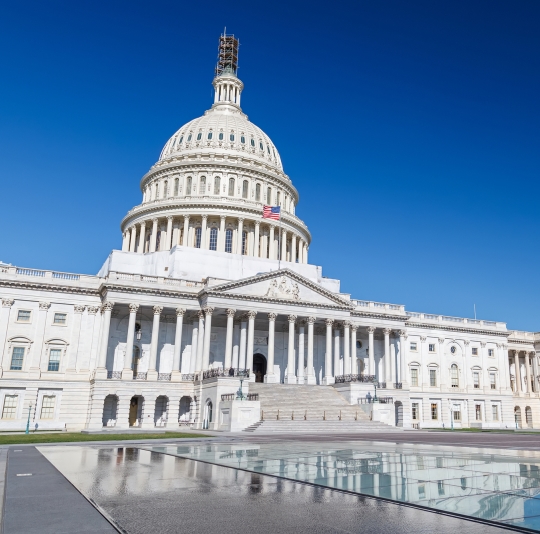In the News
Wexton Gets Tour of Loudoun’s Hidden Black History
LOUDOUN NOW,
February 21, 2020
LOUDOUN NOW: Wexton Gets Tour of Loudoun’s Hidden Black History
By Renss Greene U.S. Rep. Jennifer T. Wexton (D-VA-10) took a tour of some of the history of black and enslaved people in Loudoun on Thursday. The tour began in Waterford, which was founded by a Quaker, Amos Janney. As Quakers were pacifists and abolitionists, the village became a home for both free and enslaved black people. Waterford Foundation members, part of the organization dedicated to restoring and preserving the village’s history, gave Wexton a tour of the Second Street School and John Wesley Methodist Episcopal Church, two properties owned by black people long before slavery was abolished in the U.S. A Quaker sold the property on which the local black community would erect the Second Street School in 1867, one of the first schoolhouses for black children in Loudoun. In 1891, the members of Waterford’s black Methodist Episcopal Church pulled together the money to build the and John Wesley Methodist Episcopal Church, doing much of the construction themselves. Wexton’s tour continued to the sites of Coton Manor and Belmont Plantation. At what was once Coton Manor, today’s Lansdowne, the story of black people in Loudoun, long buried, is now being uncovered in no small part through efforts led by Loudoun NAACP President and Loudoun Freedom Center founder Michelle Thomas. They also toured the nearby Burial Ground for the Enslaved at Belmont, once threatened by road work but now preserved and the site of the Path to Freedom. Thomas said the Loudoun Freedom Center has been trying to educate people about the remains of those plantations at Lansdowne for a while. “It is one of Loudoun’s greatest unknown parts of African-American history,” Thomas said. “Most people go to Lansdowne, they’re going to play golf, or they’re enjoying some of the five-star amenities there. It was billed as live-work-play sort of country club environment, but it actually was a former slave plantation, and so many of its residents are just totally clueless about the rich African-American history, and the shared history that we have as Lansdowne residents, both residents of color and white residents.” It has also become a new site of education, both along the Path to Freedom interpretive trail through the Belmont cemetery, and as a destination for elementary school field trips. “We’re moving the enslaved population from the background to the foreground as we create this interpretation,” Thomas said. And, she said, while the lives of the plantations’ wealthy owners are well-documented, “what we don’t know is the hundred slaves or enslaved people captured on that plantation. We don’t know what their daily life was like.” “I was surprised how much is still intact, in terms of the archaeological sites at Belmont and Coton, but there’s no context for it,” Wexton said. “And so it’s great to have Pastor Thomas working with the foundation, and with the other groups and the developers, to put some context to all of American history.” The site is not new to Wexton—as a state senator, she led the successful push to designate the Belmont burial grounds for protection and to provide state financial support, as Virginia’s third“historical African-American cemetery.” Thomas also spoke of the importance of telling black history through black voices—using both primary historical sources, and the oral traditions of descendants. “You use this combination to then understand African-American history through the descendants’ lens, so you get more of a comprehensive and factual story or experience than what you would get if you have a traditional white lens trying to interpret what happened to us,” Thomas said. “I can tell you what happened to me. I can’t tell you what happened to you, but I definitely can tell you what happened to me.” |



